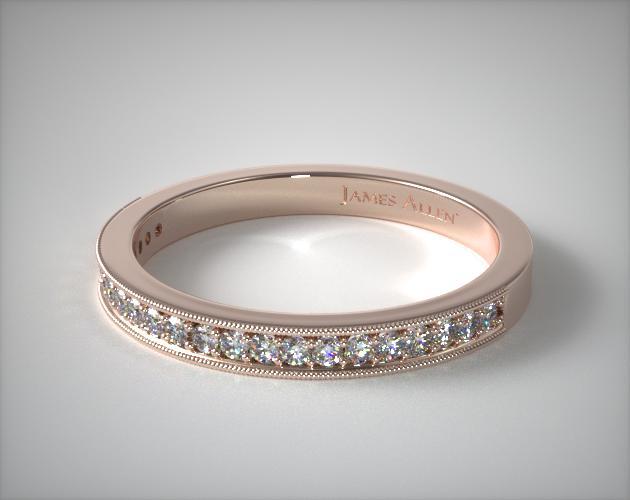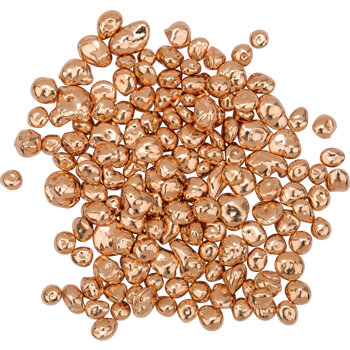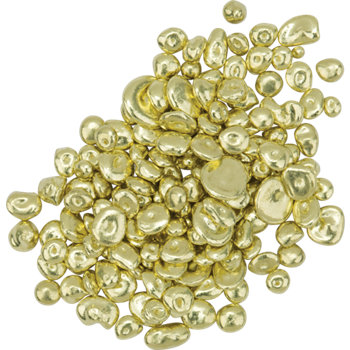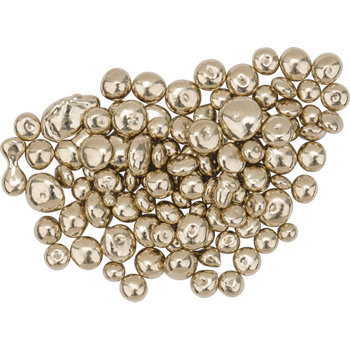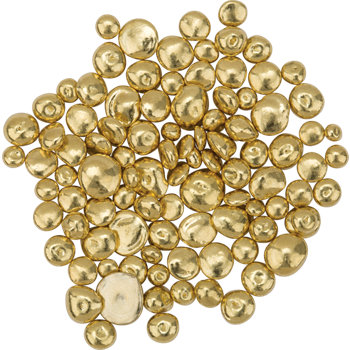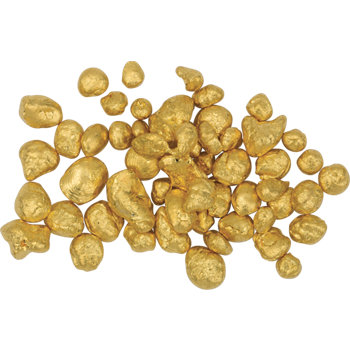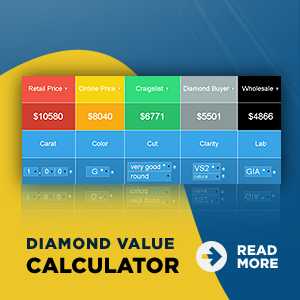Gold and its alloys
Gold quality is usually defined by karat, with each karat representing 1/24 of the amount of pure gold in an alloy ( as measured by weight ). Thus the higher the karat, the greater the proportion of pure gold there is. the remaining content of an alloy consists of assorted elements that combine to strengthen, provide color, or in a few cases, act as correctives for unwanted properties of other alloying elements.
Pure gold in its natural state is rich, almost buttery yellow, but when alloyed, it can be produced in a range of other colors. Yellow, white, green, and rose/pink golds are available as bulk metals, which are uniform in color throughout an alloy. Some blue and purple golds are also bulk metals; they are very brittle and not commonly used as jewelry alloys.
Chocolate, black and some other colors of gold are often products of surface treatments and coloring. There are also blue, and black golds that are the products of oxidation reactions rather than coating. These alloys contain, cobalt or iron, which greatly reduces ductility but also colors the gold during heat treatment.
14k white gold with black rhodium
Original color, 14k rose/pink gold
18k rose gold casting grains
18k Green gold casting grains
The most frequently used white gold alloys are created with nickel or palladium. Nickel has been the typical bleaching agent for white gold, but widespread nickel sensitivity is changing that. Because of the sensitivities, nickel content is closely regulated in the Europe Union. The wider effect is that nickel content of gold alloys has been reduced. However, the less nickel there is in an alloy, the more yellow gray the alloy will be, and so rhodium plating(about every six months, replating) is used to make the alloy appear white. Degree of whiteness-or, more accurately, paleness-for white gold has not been standardized. Guidelines for the disclosure of rhodium plating to consumers have also not been formalized. Alternatives to nickel white gold alloys have been and are being developed. Palladium-white golds can be completely free of nickel; these white golds are also likely to be more expensive than the nickel whites.
18k white gold casting grains
18k rose gold casting grains
18k Yellow gold casting grains
24K yellow gold casting grains
The most common types of gold
common alloying elements
24K = 99.95% not applicable
22K = 91.67% copper, silver, titanium
18K = 75% copper, silver, nickel, palladium, platinum, zinc
14K = 58.5% copper, silver, nickel, zinc, silicon
10K = 41.67% copper, silver, nickel, zinc, silicon
Gold price calculator
Gold market price was $1275 per ounce. One ounce has 31.1 grams
$1275* 31.1 =$40.99 price of pure gold (99.95%)
Example:
Jane had 50 grams of 18K scrap gold wanted to sell , and she wanted to know how much it brought her.
$1275 * 31.1 grams = $40.99 pure
$40.99 x 75%(18k) = $30.74
$30.74 x 50 grams = $1537
$1537 is the amount of her 50 grams of 18K gold.
The value of gold is determined by its weight, but keep in mind that
jewelers use a different scale to measure gold weight called the Troy
ounce. U.S scales measure gold using grams per ounce, for example 28
grams per ounce, while in Troy ounces this would be 31.1 grams per
Troy ounce. There’s another system called pennyweight (dwt) that’s
commonly used amongst jewelers. In pennyweight the equivalence would
be 1.555 grams per pennyweight. So now that you understand the scale
for measuring gold, you should stay alert when a dealer decides to
weigh your gold by gram instead of pennyweight or Troy ounce. This is
a shady way for dealers to pay you less for more of your weight of
gold. The more you know, the better.

